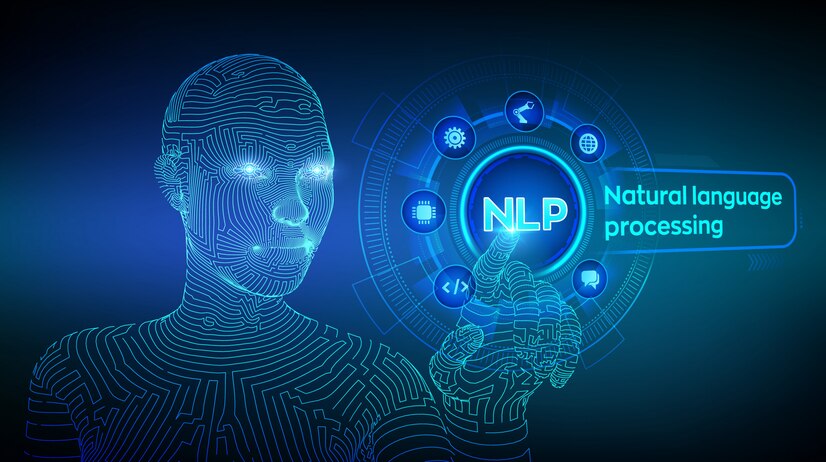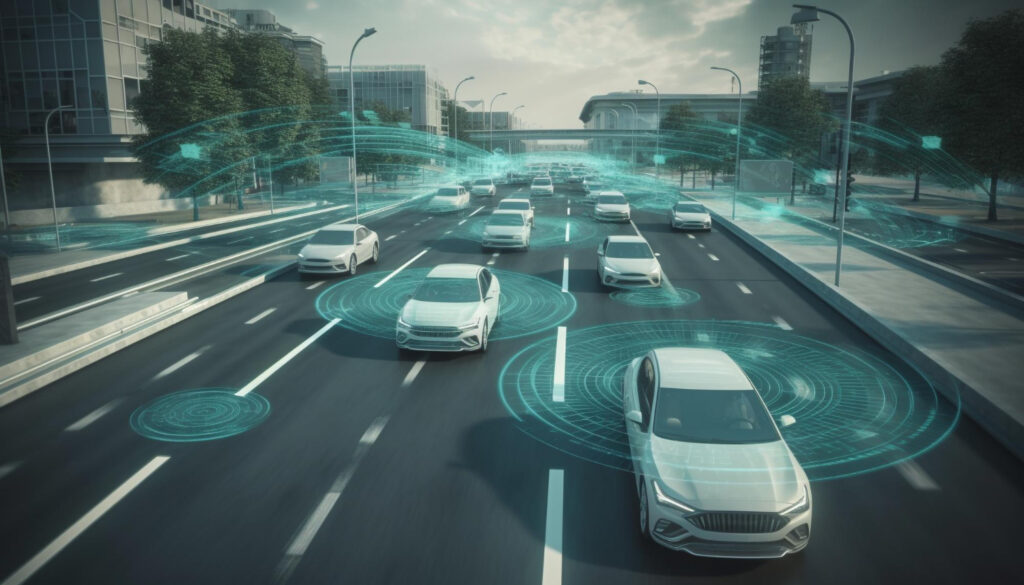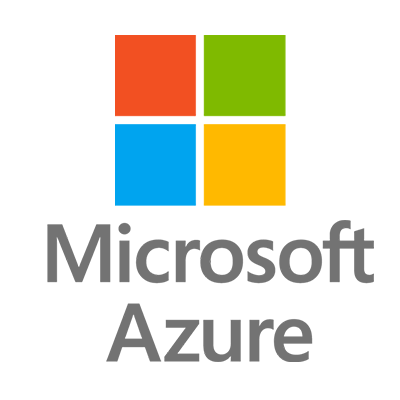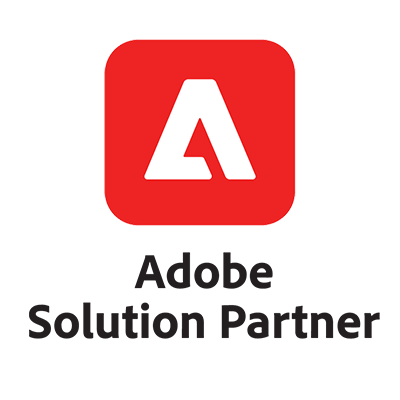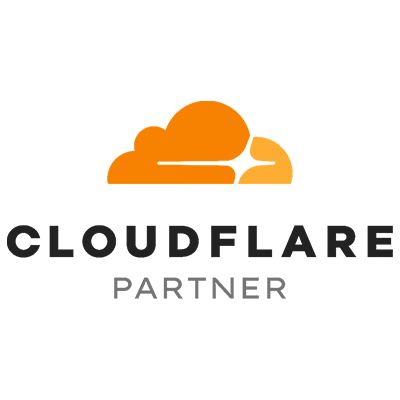The Product Development Process is a crucial roadmap that businesses follow to bring a new product from an idea to the market. Understanding the Product Development Stages helps companies create innovative solutions while minimizing risks and maximizing success. Whether you’re developing software, a mobile app, or a physical product, a well-structured Product Development Methodology ensures efficiency and market readiness.
In this guide, we’ll explore the 7 Stages of the Product Development Life Cycle and how a strong Product Development Framework can enhance success. Let’s dive into the Product Development Phases to better understand how new products evolve from concept to market.
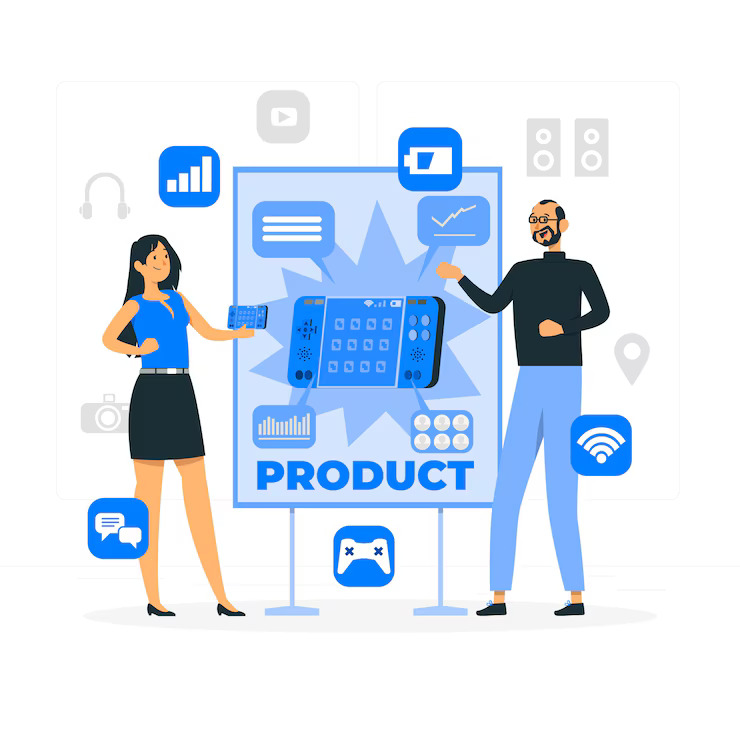
The first stage of the Product Development Cycle begins with brainstorming and collecting ideas. Businesses analyze market trends, customer needs, and emerging technologies to identify potential product opportunities.
Key Aspects:
- Market research
- Competitor analysis
- Identifying customer pain points
- Brainstorming and innovation workshops
2. Idea Screening
Not all ideas are feasible. The Product Development Strategy involves filtering the best concepts based on viability, cost, and market potential.
Key Aspects:
- SWOT analysis (Strengths, Weaknesses, Opportunities, Threats)
- Technical feasibility assessment
- Legal and regulatory considerations
3. Concept Development & Testing
Before diving into full-fledged Product Design and Development, companies create a prototype or concept model to test feasibility.
Key Aspects:
- Building a Minimum Viable Product (MVP)
- Gathering customer feedback
- Assessing product feasibility and demand
4. Business Analysis
In this Product Development Phase, businesses evaluate the financial and operational viability of the product.
Key Aspects:
- Cost estimation and pricing strategy
- Revenue forecasting
- Defining target audience and marketing approach
5. Product Development
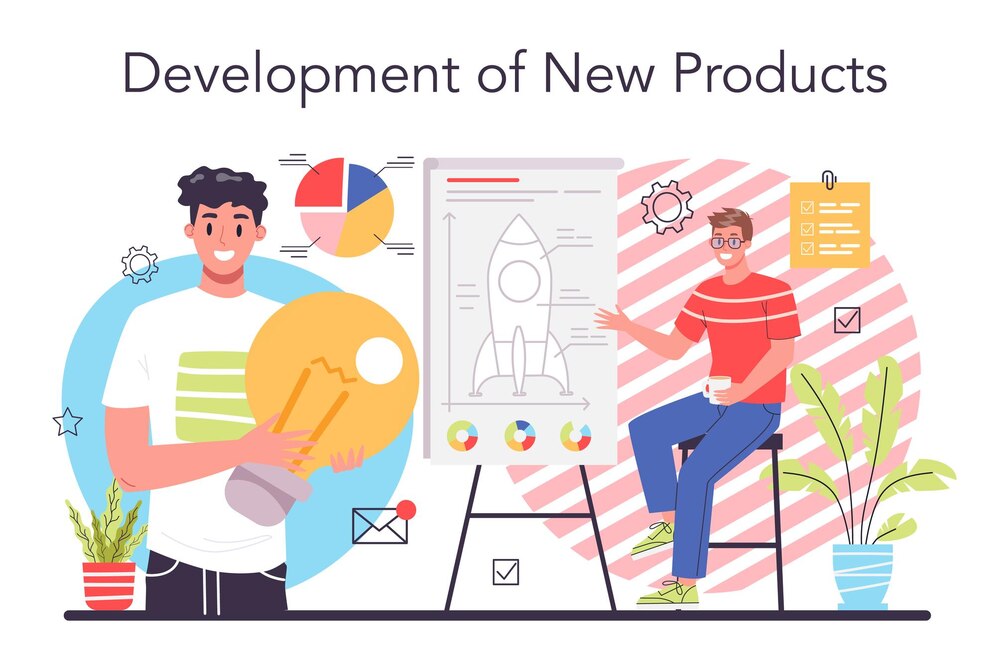
The actual Product Design and Development happens in this phase, where engineers, designers, and developers collaborate to build the product.
Key Aspects:
- Prototyping and iteration
- Software development or manufacturing process
- Quality assurance testing
Product Development Process
Before launching, businesses test the product in real-market conditions to gather user insights and ensure it meets expectations.
Key Aspects:
- Beta testing
- User feedback and improvements
- Marketing campaign trials
7. Product Launch & Lifecycle Management
Once tested and refined, the product is launched. Product Lifecycle Management (PLM) ensures ongoing support, updates, and market adaptation.
Key Aspects:
- Launch strategy and promotional campaigns
- Post-launch monitoring and improvements
- Scaling and future iterations
Relevant Questions Clients Ask us.
- What is the most critical stage in the Product Development Process?
Each stage is crucial, but Concept Development & Testing ensures that businesses invest in the right product before full-scale development.
- How long does the Product Development Cycle take?
The duration varies depending on complexity. Some software products may take a few months, while hardware or innovative products can take years.
- What is the difference between Product Development and Product Lifecycle Management?
Product Development focuses on creating new products, whereas Product Lifecycle Management oversees a product’s journey from launch to retirement.
- What is a Product Development Framework?
A Product Development Framework is a structured approach, such as Agile or Stage-Gate, that guides teams through development stages efficiently.
- How can businesses ensure a successful Product Development Strategy?
By conducting thorough market research, iterative testing, and adapting to customer needs, businesses can enhance their Product Development Methodology for better results.
Conclusion
The 7 Stages of Product Development Life Cycle provide a systematic approach to bringing innovative products to market. By leveraging an effective Product Development Framework and understanding the Product Development Phases, businesses can reduce risks and optimize success.
At TConnectX Solutions, we specialize in Product Design and Development, ensuring that businesses stay ahead in a competitive landscape. Whether you need assistance with software solutions or end-to-end Product Lifecycle Management, our expertise ensures a seamless journey from concept to launch.
Need help with your next product? Contact TConnectX Solutions today and take your innovation to the next level!
For a deeper understanding of Product Development Strategies, visit Harvard Business Review for expert insights and industry trends.

